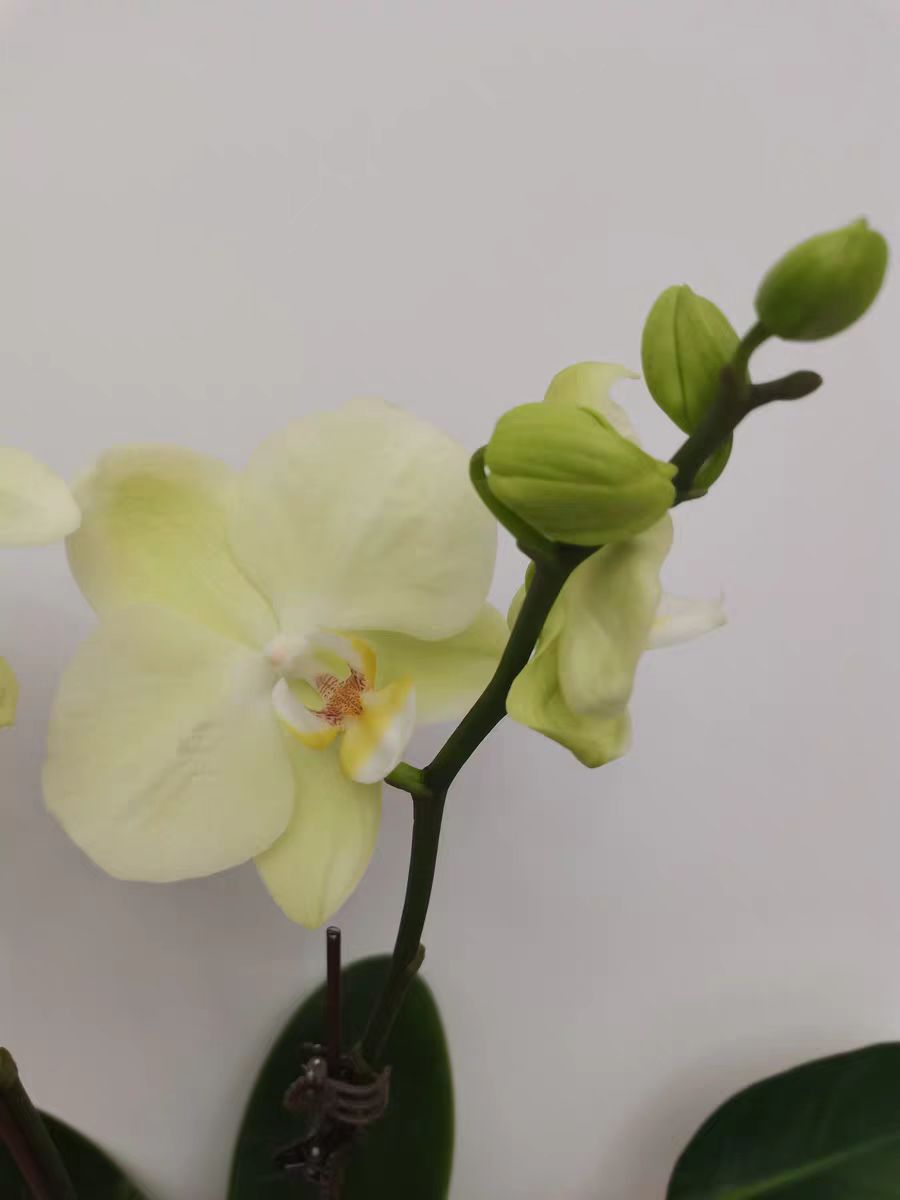In winter, as the temperature gradually drops, many flower plants enter a dormant period. At this time, their metabolism slows down, and their need for water and nutrients is also greatly reduced. Therefore, when growing flowers in winter, watering becomes a matter that requires special attention. The following are five situations in which you should never water the plants to avoid harming them.
During the plant's dormant period: In winter, many flower plants will enter a dormant state, which is a self-protection measure they take to adapt to the harsh environment. During the dormant period, the physiological activities of the plants almost stop, and their need for water is extremely low. If you water them at this time, not only will the water not be absorbed in time, but it will also increase the risk of root rot. Therefore, during the plant's dormant period, you must strictly control the amount of watering and keep the soil slightly dry.
When the room temperature is too low: In winter, the temperature is low. If the indoor temperature is also low, the growth of flower plants will be seriously affected. In a low-temperature environment, the activity of plant cells decreases, and their ability to absorb and transport water weakens. If you water too much at this time, it is easy for water to accumulate in the soil, which may then cause root freezing damage. So, when the room temperature is too low, try to reduce the number of watering times and keep the soil slightly moist.
When the soil is not dry: An important basis for judging whether a plant needs watering is the humidity of the soil. If you are eager to water when the soil is not completely dry, it is easy to cause water surplus and then lead to root rot. Therefore, before watering, you must carefully check the humidity of the soil and make sure the soil has dried to a certain extent before watering. You can judge the soil humidity by observing the color of the soil, touching the texture of the soil, etc.
When the plant is sick: When flower plants are sick, their physiological functions will be seriously affected, and their need for water will also change. At this time, if you water blindly, not only will it not relieve the illness, but it may also aggravate it. Therefore, after discovering that the plant is sick, you should immediately stop watering and take corresponding treatment measures. After the plant's condition stabilizes, adjust the amount of watering according to the specific situation.
Just after fertilizing before watering: Fertilizing is an indispensable part of the growth process of flower plants. However, within a period of time after fertilizing, the plants need time to absorb and utilize the nutrients in the fertilizer. If you water too much at this time, it is easy to wash the fertilizer to the deeper layers of the soil, causing the plants to be unable to effectively absorb the nutrients. Meanwhile, the salts in the fertilizer may also penetrate to the roots of the plants with the water and cause damage to them. Therefore, within a period of time after fertilizing, try to reduce the number of watering times and let the plants fully absorb and utilize the nutrients in the fertilizer.
The hazards of overwatering:
Overwatering is a major taboo in the growth process of flower plants. It not only leads to problems such as root rot, yellowing and falling of leaves, but may also cause the breeding of plant pests and diseases. Once the plants show symptoms of overwatering, you should immediately stop watering and take corresponding remedial measures. For example, move the plants to a well-ventilated place, loosen the soil for drainage, etc. If the situation is serious, it may also be necessary to change the soil or prune the roots, etc.
When growing flowers in winter, you must pay attention to controlling the amount and frequency of watering. You should comprehensively consider whether watering is needed according to factors such as the growth state of the plants, soil humidity, room temperature, and fertilizing situation. Only in this way can the flower plants grow healthily and be in full bloom in winter.
When growing flowers in winter, under which circumstances should you not water them?

Share with
Tagged in :




Leave a Reply